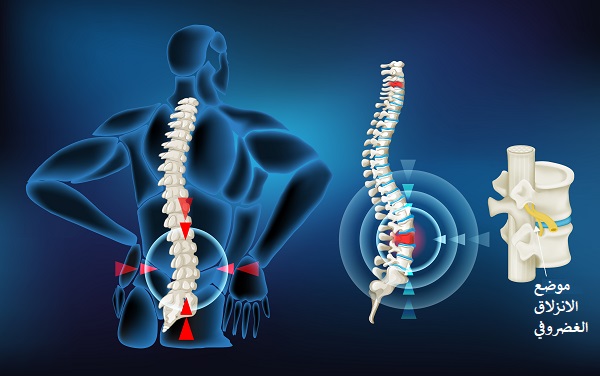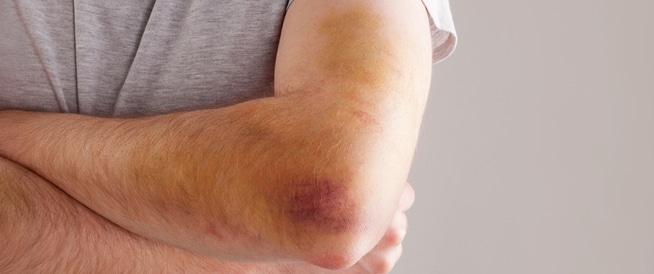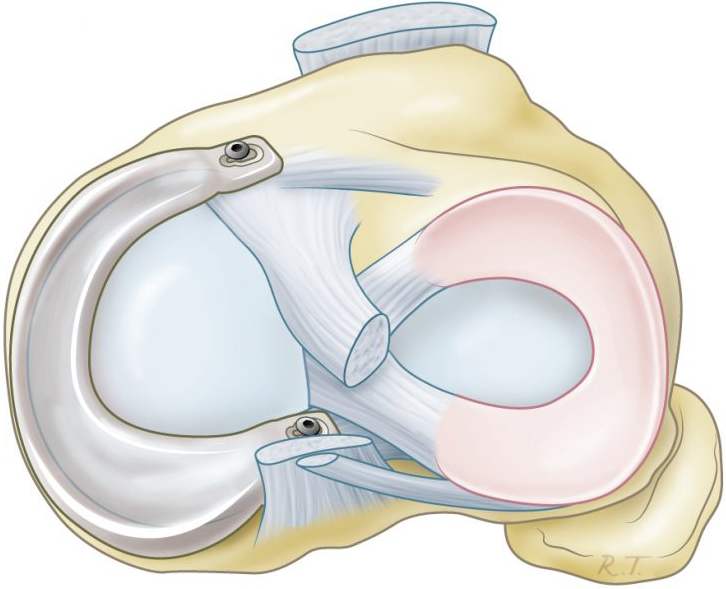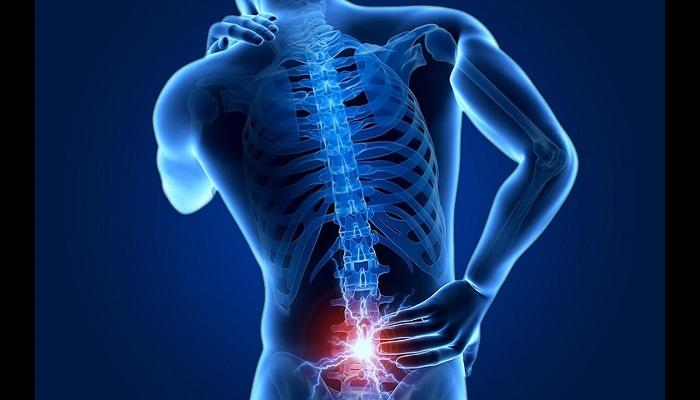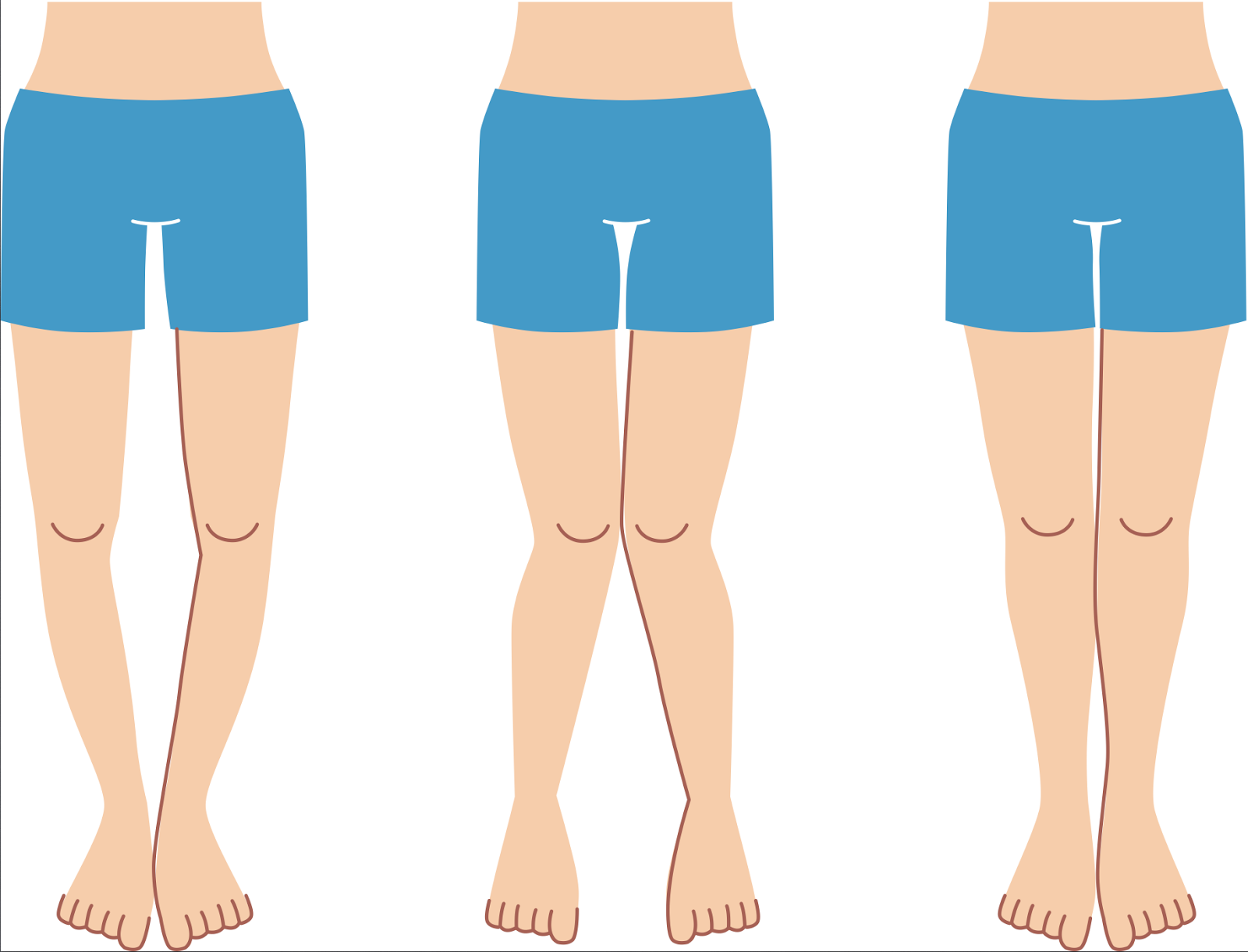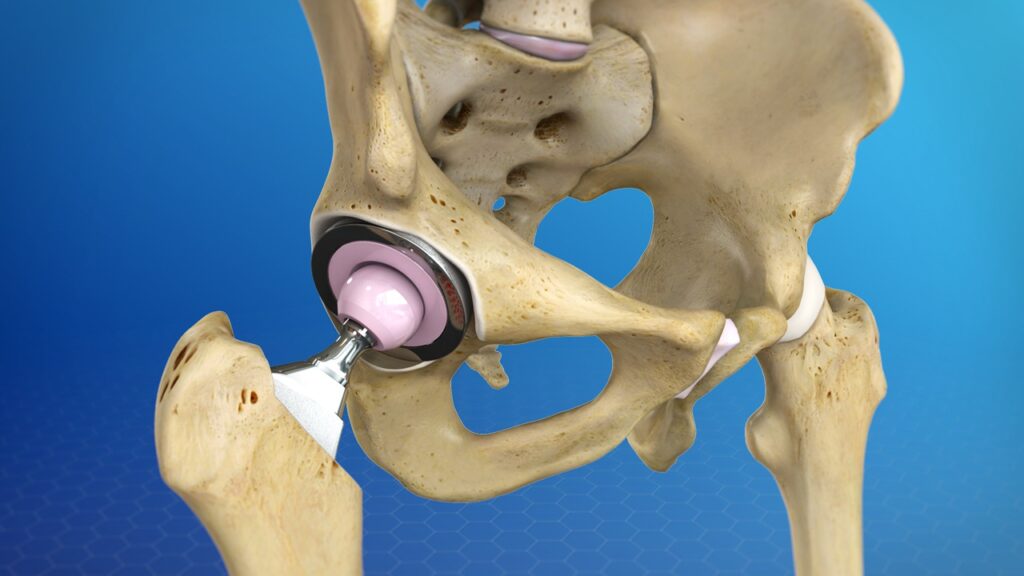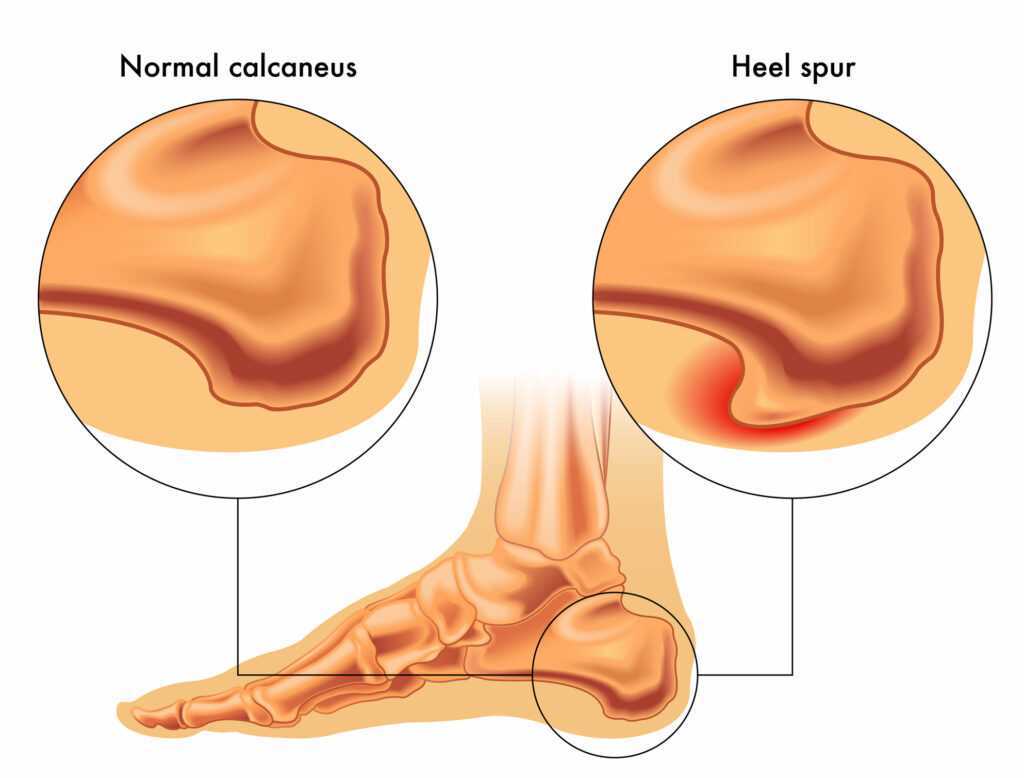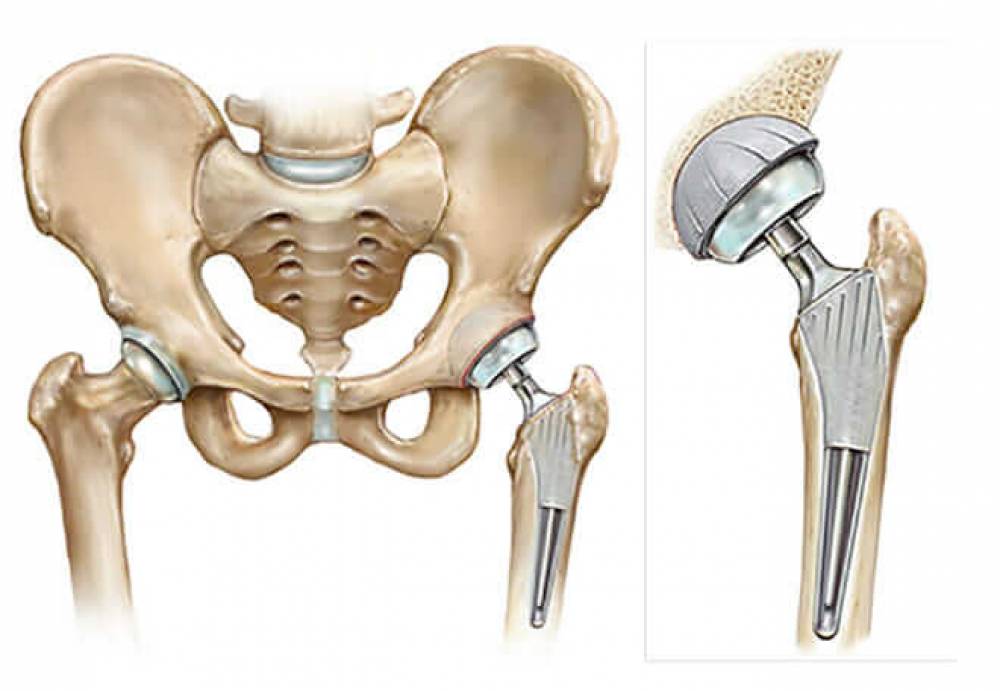What is Hidradenitis Suppurativa? What are its symptoms and treatment methods?
What is Sciatica?
Sciatica is a painful condition that affects the nerves in the hip and leg area. It occurs when the nerves in the hip are compressed, causing sharp pain and numbness in this area, which can persist for extended periods.
Causes of Sciatica
Sciatica can occur for various reasons, including:
- Herniated Disc: It occurs when the spinal disc between the lumbar vertebrae moves and presses on the sciatic nerves.
- Enlarged Spinal Disc: It happens when the disc in the back undergoes degeneration or enlargement, leading to nerve compression.
- Spinal Canal Stenosis: Occurs when the size of the spinal canal in the back narrows, causing pressure on the sciatic nerves.
Symptoms of Sciatica
The symptoms of sciatica include:
- Severe pain in the hip, leg, and foot.
- Numbness or tingling in the leg and foot.
- Muscle weakness.
- Difficulty in movement.
Diagnosis of Sciatica
Doctors can diagnose sciatica through clinical examination and by inquiring about the patient’s symptoms. The doctor may also request the following tests:
- X-rays: To determine any changes in the spine.
- Magnetic Resonance Imaging (MRI): Helps assess the extent of nerve compression and its location.
- Walking on Heels: Can be used to evaluate the severity of pain and numbness while walking.
Treatment of Sciatica
Treatment for sciatica may include:
- Non-surgical treatment: Involves rest, applying ice, and taking non-steroidal anti-inflammatory drugs (NSAIDs) to relieve pain.
- Physical therapy: Aims to strengthen the muscles surrounding the sciatic nerves and improve mobility.
- Epidural Injections: Administering steroid or local anesthetic injections to alleviate pain and inflammation.
Note: This translation is intended to provide a general understanding of sciatica and its treatment. It’s essential for individuals with sciatica symptoms to consult a healthcare professional for a proper diagnosis and treatment plan.
In summary, sciatica is a painful condition that affects the nerves in the hip and leg area. It can cause sharp pain, numbness, and tingling in the leg and foot, requiring a precise diagnosis and appropriate treatment. Therefore, if symptoms of sciatica appear, it is advisable to visit a doctor for an evaluation and necessary treatments.
What Is the Treatment for Sciatic Pain?
Sciatic pain is one of the common spinal conditions that affect many people worldwide. It results from the compression or irritation of the sciatic nerve, which extends from the back through the hip and down to the leg. Sciatic pain can reduce mobility and cause discomfort, numbness, and tingling in the affected area. To alleviate sciatic pain and improve mobility, several treatment options can be adopted.
Home Treatment: Home treatment is the first step in relieving sciatic pain. It includes engaging in moderate physical activity, avoiding sudden movements, and maintaining healthy and comfortable postures while sitting, walking, and sleeping. Applying hot or cold packs to the painful area can also help reduce pain and swelling.
Exercise: Physical exercises are essential in treating sciatic pain. Exercises help strengthen the muscles that support the spine and improve spinal flexibility and alignment. It is recommended to perform sciatica-specific exercises under the supervision of a physical therapist to ensure proper and safe execution.
Medications: If pain relief and improved mobility are not achieved through home treatment and exercises, medications can be prescribed to the patient. Pain-relieving medications such as acetaminophen or non-steroidal anti-inflammatory drugs (NSAIDs) may be included. Muscle relaxants or muscle relaxants may also be prescribed to ease spinal movement and reduce pain.
Massage: Massage is a common treatment for sciatica. Massage helps improve blood circulation, relieve muscle knots, enhance muscle and ligament flexibility. It is advisable to have a trained specialist perform massage sessions to ensure maximum benefit.
Cupping:
Cupping is a well-known traditional treatment used to treat various conditions, including sciatica. Cupping therapy involves placing suction cups on the skin to create a vacuum effect, which helps increase blood flow, stimulate cell regeneration, and relieve pain. To ensure the safety of the treatment, cupping should be performed by a qualified individual.
Surgery:
In cases where the patient does not respond to traditional treatments, and symptoms worsen, surgery may be considered as a treatment option. Surgery may involve removing parts of the nails or damaged muscle fibers or repairing slipped discs. The type of surgery required varies depending on the patient’s condition and the recommendations of the treating physician.
In summary, the treatment of sciatic pain depends on the severity of the pain and its impact on the patient’s life. It is advisable to consult a specialist in case of persistent inflammation or worsening symptoms to obtain an accurate diagnosis and appropriate treatment.
How Do I Know If I Have Sciatica?
How can you determine if you have sciatica? This is a question that piques the curiosity of many, especially women. Sciatica, or hyperhidrosis in medical terms, is a condition that some people suffer from, characterized by a significant increase in sweat accumulation in specific areas of the body. This can lead to feelings of embarrassment and disruption in their daily lives. In this article, you will find a set of signs that may indicate the possibility of having sciatica.
- Excessive Sweating: One prominent sign of sciatica may be excessive sweating, even under normal conditions or without a triggering event. If you notice that you sweat excessively more than necessary, you may have this condition.
- Excessive Sweating in Specific Areas: While many people experience sweating in their armpits, hands, and feet, those with sciatica may have sweat concentration in specific areas of the body. For example, sweat can accumulate excessively on the scalp, face, neck, back, or thighs.
- Excessive Skin Redness: Sciatica may be accompanied by excessive redness of the skin in areas where sweating becomes excessive. People with sciatica may experience irritation, itching, or burning sensations in the affected skin.
- Clothes Sticking to the Body: You may notice that clothes stick to your body excessively or become difficult to remove, especially in areas prone to sweating. If you experience this problem, you may have sciatica.
- Psychological Impact: Sciatica is not just a problem in daily life; it can also affect the psychological and emotional well-being of individuals who suffer from it. They may feel continuous embarrassment and shame due to excessive sweating, leading to a decline in self-confidence and a decrease in their social activity level.
- Impact on Daily Life: Engaging in some daily activities may become challenging due to sciatica. For example, individuals suffering from sciatica may need to change their clothes frequently to cope with excessive sweating, which can affect their work, study, or social life.
If you notice that you have many of these signs, you may be suffering from sciatica. It is advisable to consult a dermatologist for a precise diagnosis and a better evaluation of your condition. The doctor can guide you towards the most suitable treatment for your excessive sweating. These treatments may include topical medications, injections, or surgical interventions in advanced cases. Therefore, do not hesitate to ask your questions and express your concerns to the doctor, as they are the most suitable person to help you deal with this condition.
Is Sciatica a Serious Condition?
Discover the truth in this comprehensive article, where we will discuss the possible causes of sciatica, its impact on health, and available treatments.
Possible Causes of Sciatica:
- Prolonged Sitting: People who work in prolonged sitting positions or lead a sedentary lifestyle with frequent sitting are more prone to developing sciatica compared to active individuals.
- Diabetes: Individuals with diabetes experience abnormal sugar metabolism in the body, which increases the risk of nerve damage and the appearance of more severe sciatica symptoms.
- Nerve Compression: Nerve compression can occur due to the presence of a tumor or damage caused by a disease, such as diabetes. This compression can lead to the appearance of sciatica symptoms.
Effects of Sciatica on Health:
- Pain and Numbness: Affected individuals experience pain and numbness in the organs and limbs affected by the nerves being compressed. This pain can be severe and significantly impact a person’s life.
- Impact on Movement: Patients may find it difficult to perform certain movements or daily activities due to the pain and numbness caused by sciatica.
- Emotional Impact: Sciatica can affect the emotional well-being of the patient, as the pain and inability to perform regular activities can lead to feelings of frustration and distress.
Treatment Options for Sciatica:
- Conservative Treatment: In most cases, recovery from sciatica can be achieved through conservative treatment, such as rest, avoiding activities that worsen the symptoms, and using pain-relieving medications.
- Surgical Treatment: In cases where symptoms persist for an extended period and do not respond to conservative treatment, the patient may require surgery to relieve pressure on the affected nerve.
It can be said that sciatica can be a serious condition in some cases, especially when the symptoms are severe and affect a person’s mobility and emotional well-being. However, most cases respond well to conservative treatment and improve over time.
It is essential to consult a specialist doctor if you experience symptoms similar to sciatica, as they can provide an accurate diagnosis and guide you toward the appropriate treatment. Therefore, individuals experiencing similar symptoms should seek medical consultation to ensure a precise diagnosis and receive suitable treatment.
What Are the Signs of Sciatica and Its Treatment?
Sciatica, also known as sciatic nerve pain or neuralgia, is a condition that causes severe pain in the sciatic nerve, which controls movement and sensation in the leg. Sciatica can result from inflammation or compression of the nerve, and sometimes it can occur without an apparent cause.
The symptoms of sciatica can vary from person to person, but common symptoms include:
- Severe Pain: Patients experience severe pain and a burning sensation in the affected leg. This pain may be accompanied by a feeling of numbness and tingling.
- Increased Sensitivity: Individuals with sciatica may feel pain even with gentle touch of the skin.
- Changes in Color and Temperature: Those with sciatica may notice changes in the color of the affected skin, and the skin may feel warm to the touch.
- Muscle Spasms: Muscle spasms can occur in the affected leg during painful episodes.
Several treatment options are available for sciatica, including medications, physical therapy, and surgery in severe cases. Here are some available options:
Medications:
- Pain Relievers: Some pain-relieving medications like acetaminophen or morphine can be used to alleviate pain.
Physical Therapy:
- Physical exercises: Regular, low-impact exercises such as walking and swimming are recommended to strengthen muscles and improve blood circulation in the affected leg.
Surgical Procedures:
- Laser Ablation and Nerve Cutting: Surgical intervention may have a role in treating sciatica in cases where the patient does not respond to other treatments.
Regardless of the treatment method you choose for sciatica, it is crucial to consult your doctor for a proper diagnosis and a suitable treatment plan. Never use any treatment without medical consultation, as some medications and surgical procedures may have side effects and require medical supervision.
There is no one-size-fits-all approach to treating sciatica, and it may take time before significant improvement is noticed. It can be beneficial to try multiple treatment methods to find what works best for you.
What Causes Sciatica?
Sciatica is characterized by severe pain and numbness in the lower back area, extending down through the hips, buttocks, and the lower legs. The development of sciatica is attributed to age-related changes in the spine, such as herniated discs and bone spurs, which are the most common causes of this condition.
Weight gain can lead to increased pressure on the spine, increasing the risk of developing sciatica. Additionally, jobs that involve frequent twisting of the back, heavy lifting, or long periods of sitting, such as driving for extended periods, can also be factors that increase the risk of sciatica.
Sciatica occurs when a part of the sciatic nerve is compressed, often due to a herniated disc in the spine. The term “sciatica” refers to the pain that radiates along the path of the sciatic nerve from the back down to the legs.
While sciatica can be extremely painful, there are various treatments available to alleviate this condition. The appropriate treatment is determined based on the severity of the pain and its impact on the individual’s life.
Among the available treatment options, surgical or non-surgical treatments can be attempted depending on the condition and the recommendations of the physician. Non-surgical treatment may involve pain relief through the use of pain medications and measures to improve posture and reduce pressure on the spine.
Proper physical exercises and physical therapy can also be beneficial in alleviating sciatica symptoms. The physical therapy plan depends on the patient’s condition and the guidance of the treating physician. Physical therapy aims to improve muscle strength, spinal flexibility, and posture while reducing pressure on the spine.
In addition to the mentioned treatments, complementary therapies can also be helpful in some cases. These therapies may include heat therapy, such as hot baths or infrared therapy, massage, and cupping therapy.
Although most people recover from sciatica completely without the need for treatment, it is essential to consult a doctor if the symptoms persist or worsen. There may be a need for a more in-depth evaluation of the condition and consultation with a specialist to determine the best suitable treatment options.
In general, the appearance of sciatica is attributed to changes in the spine and pressure on the sciatic nerve. While this condition can be painful and bothersome, it is treatable, and its symptoms can be alleviated through the mentioned treatments above.
Does Sciatica Show Up on X-Rays?
X-ray imaging of the spine can reveal some bone-related changes that may suggest a nerve problem, but it does not definitively confirm the presence of sciatica. Magnetic Resonance Imaging (MRI) can be more accurate in diagnosing sciatica. Therefore, reliance should be placed on symptom assessment and clinical diagnosis to arrive at an accurate diagnosis and determine the appropriate treatment.
When an individual experiences pain in the hips, legs, or buttocks, sciatica may be considered as a potential cause of these symptoms. To diagnose this condition, consultation with specialized physicians and the use of various imaging techniques, including X-rays, may be necessary.
X-ray technology is one of the key diagnostic tools used to assess sciatica. X-ray imaging of the spine can detect excessive bone growth that may lead to nerve compression. Through these images, doctors can evaluate the condition of the spine and determine if the patient’s pain is caused by sciatica.
However, several important points should be noted when discussing the capability of X-rays to detect sciatica:
X-rays cannot definitively confirm the presence of sciatica: X-rays remain a useful diagnostic tool, but they are not sufficient to confirm the presence of sciatica. X-ray imaging may reveal changes and deformities in bones that suggest a nerve problem, but it does not provide a comprehensive and accurate picture of the nerve itself.
Diagnosing sciatica requires verifying the patient’s symptoms: Doctors must rely on symptom assessment and the patient’s medical history to arrive at an accurate diagnosis of sciatica. Understanding the symptoms of the condition and clinical findings play a crucial role in determining the appropriate treatment.
Magnetic Resonance Imaging (MRI) technology may be better in some cases: For patients experiencing pain in the hips, buttocks, and legs, MRI imaging may be more beneficial for diagnosing sciatica. It provides detailed images of soft tissues and bones, accurately revealing changes that may occur in the nerves.


